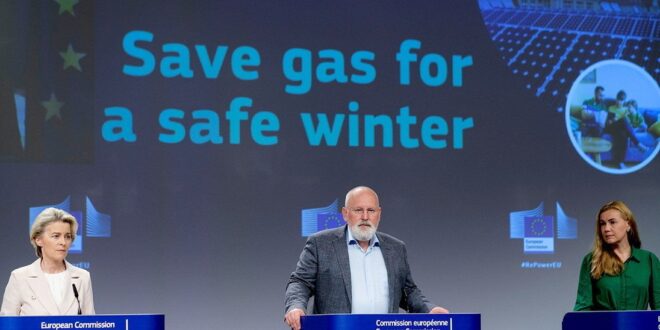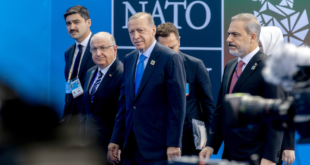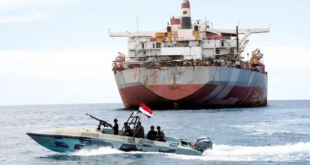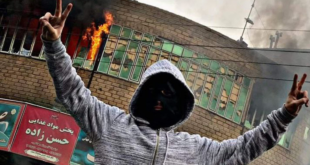WHEN THE energy ministers of the European Union’s member countries gathered for an emergency meeting on July 26th, the deal came swiftly. They agreed that each country should cut gas consumption by 15%, compared with their average over the past five years, between August 1st and March 31st 2023. It was a typical EU compromise, forged in long negotiations and riddled with exemptions and concessions. It will not really solve the problem at hand: how the EU should respond if Russia halts or radically reduces supplies—something that seems increasingly likely. The day before the meeting Gazprom, Russia’s state energy giant, announced that it would again reduce the volume of gas flowing through its Nord Stream 1 pipeline, to 20% of capacity.
EU leaders want to ensure that a shortfall of Russian gas does not leave homes unheated or factories shuttered. But members of the bloc have differing levels of exposure to Russian gas. Some have built terminals for liquefied natural gas (LNG), reducing their reliance on Gazprom. Spain, for instance, only gets 10% of its demand from the east (though that share has recently risen because of a spat with Algeria, another supplier). Others have already reduced consumption—notably the Netherlands, by a third. Yet others, such as Poland, have already had their Russian supplies cut to zero since the start of the war, and had to adapt.
Germany is the outlier. Other European governments, the European Commission (the EU’s executive branch) and America had long warned it against relying on Russian gas. But the supply from the east allowed Germany to close dirty coal-burning power plants and phase out nuclear ones. It also provided cheap energy to the country’s industry, helping it to remain competitive. As a result, before Russia invaded Ukraine in February, more than half of Germany’s gas came via pipelines from Siberia. (The share has since dropped to one-third.)
Predictably, when Ursula von der Leyen, the (German) president of the European Commission, proposed last week that all EU governments should cut gas consumption by the same proportion, some pushed back. “Unlike other countries, we Spaniards have not lived beyond our means from an energy point of view,” said Teresa Ribera, Spain’s environment minister—a thinly veiled jab at Germany’s treatment of her country during the euro crisis over a decade ago. Back then, Wolfgang Schäuble, the hawkish German finance minister, said that his country would not bail out those who had lived beyond their means.
The EU’s energy ministers are essentially kicking the gas canister down the road. The 15% target is voluntary, although the ministers left open the possibility of mandatory cuts should Russia squeeze the pipes further. There are many carve-outs: for countries not directly connected to Europe’s network of gas pipelines, for those that have already cut their consumption, and those using a lot of gas as feedstock to make fertiliser and the like.
If the coming winter is mild, the EU may scrape by. But if it is cold the bloc will have to prove that it can hold together when times are hard. Germany in particular will need to show solidarity with other member countries. It sits at the centre of Europe’s network of gas pipelines. Will it, for instance, allow gas to flow to the Czech Republic to keep people from freezing there if that means its factories have to go on furlough? In 2020, in the early days of the pandemic, Germany was among the countries that imposed limits on the export of protective medical equipment.
Divisions would play into the hands of Vladimir Putin, Russia’s president. A collapse of European solidarity is exactly what he wants.
 Eurasia Press & News
Eurasia Press & News




